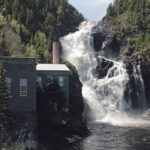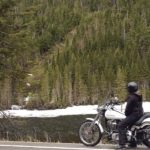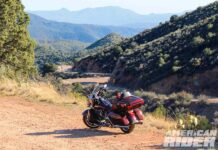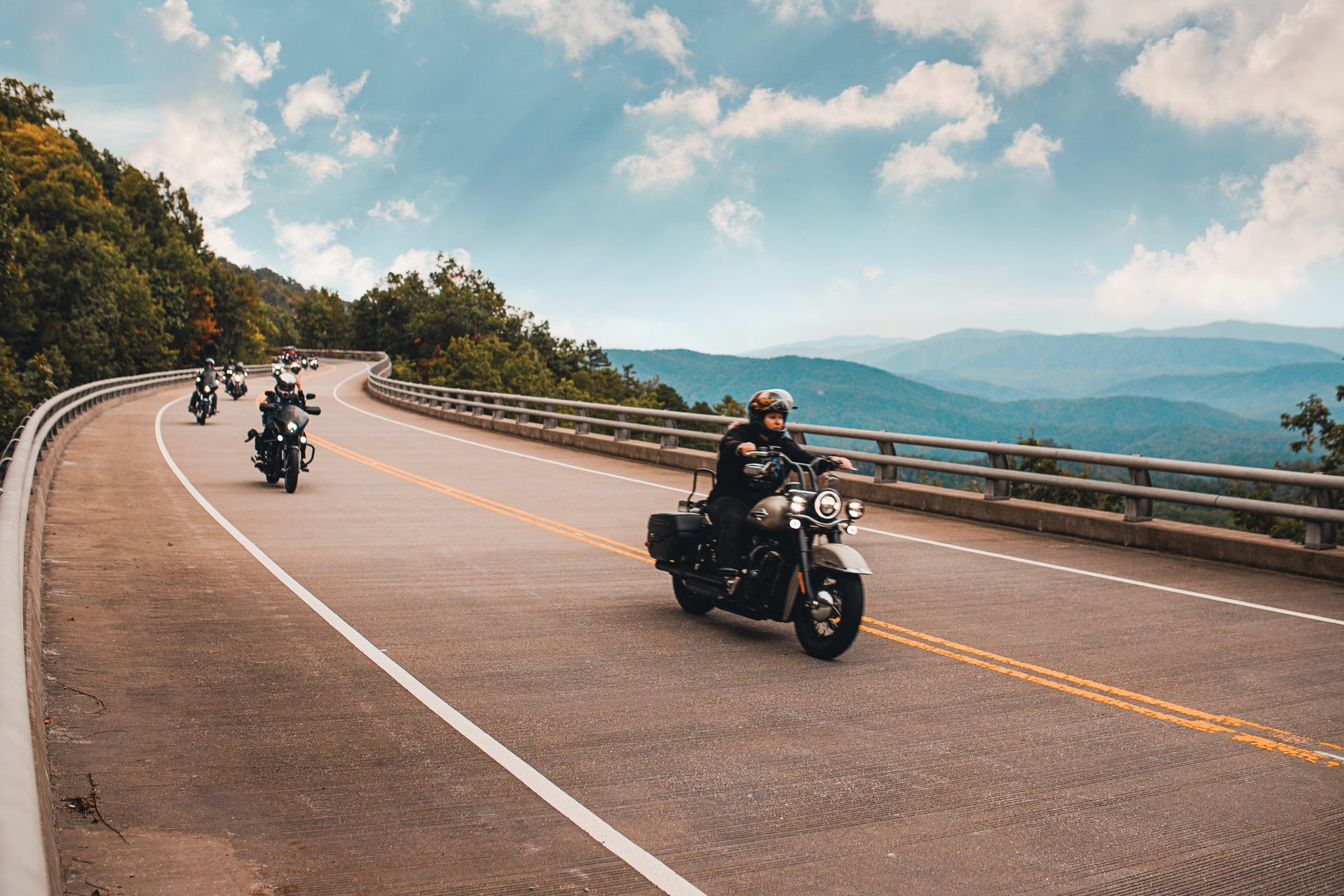Touring the heart of Quebec
Food, fjords and Quebecois culture
Saguenay, QC—Samuel de Champlain labeled the unknown upper reaches of the river as the Kingdom of Saguenay, and today people often refer to this region as the “heart of Quebec” and joke that this is where they send people to learn Canadian French. Since Champlain didn’t explore it and I don’t speak French, I figured I had two good reasons to visit a place envisioned as being the edge of civilization.
No matter how you cut it, getting there requires riding through boreal wilderness that’s densely populated with moose, deer, bear and lesser road hazards. I’m headed north from Quebec City to Chicoutimi along 200 kilometers of construction as the most dangerous road in the province is transformed into a divided four-lane highway. The new autoroute comes complete with moose-proof fencing. Regardless, I discover one of these creatures standing in the meridian and gazing in apparent bewilderment as giant earth-moving equipment rolls past.
Saguenay is about the same size as Belgium, but the name refers to both a region and a city. Geologically, the region is a gouged glacial basin formed during the last ice age, with Lac-Saint-Jean being all that remains of a vast post-glacial inland sea. The city was formed in 2002 with the amalgamation of the towns of Jonquière, Chicoutimi and La Baie and just over half of the population of 275,000 is urban.
I easily find my biker-friendly hotel, La Saguenéenne, just off the commercial strip of Route 175. The hotel’s director, Regis Nadeau, has been a presence at motorcycle shows since long before most people even thought about motorcycle tourism and I’d been promising to come for a visit for the last couple of years. In the lobby I meet Raynald, a bear of a man with a gregarious personality that proves to be infectious. He has volunteered be my bilingual ambassador and sidekick for the next few days.
Ibarely have time to unpack before we’re making a quick run for cheese. Get used to it: Food is essential to motorcycling or any other activity in Quebec. We take the scenic route, but nevertheless end up at Fromagerie Boivin on Chemin St.-Joseph in La Baie to indulge in cheese curds. There are several other cheese producers in the region, but this is a biker destination.
Ross has already run the route, orchestrating my experience for maximum impact along the best roads circumventing Lac-Saint-Jean. Val-Jalbert in Chambord is high on my personal list of sites to visit. There are a number of waterfalls in the region, but Ouiatchouan Falls at 236 feet high is over 70 feet higher than Niagara Falls. The valley, which used to house a textile mill and company town, became a ghost town before its historic value was recognized and it was saved from oblivion. Wooden stairs lead to a spectacular observation point on the falls. Its glass floor is not recommended for those suffering from high anxiety! The site offers 190 campsites, five rooms in the general store and six cabins.
We touch base at other old mills, spectacular waterfalls and sites under provincial auspices as we circumnavigate the rim of this ancient sea. Wherever we stop, whether it’s the international zoo or some local motorcycle shop, I’m accepted with open arms. Some of this might be Ray’s personality, but it’s essentially Quebecois culture.
The next day Manon joins us. She’s the president of the Saguenay H.O.G. chapter, one of only two women in Canada to hold such a position. Today’s plan is to head south on Route 381 to Baie-Saint-Paul and across the Charlevoix Region to return via Route 170 parallel to the Saguenay fjord.
We ride through the Laurentian mountains where, despite an unprecedented early spring, there’s still snow on the roadside and ice on the lakes, even though it’s May 29. This is wilderness and the rugged mountains of Parc du Grand Jardins offer numerous photo ops. There are a couple of rustic gas stops, but we blow through to the cultured sanctuary of Baie-Saint-Paul where we can doff our leathers in favor of tee shirts. We meet up with my riding buddy François Gariepy at Le Boutique. Sitting on the patio and enjoying a leisurely lunch in balmy summer weather, we quickly forget the evidence of late spring only a few miles north.
Route 362—the River Route—is one of the most scenic roads in Canada. We stop at the old forge in Les Eboulements and sample the variety of handmade chocolates presented at La Chocolaterier du Village. Both are preparing for the tourist season and we have the luxury of engaging the proprietors at our leisure. Then we continue our scenic ride along glorious motorcycling roads to reach Route 170.
We’re covering one of the grand routes of Quebec’s touring motorcyclists, a route that is unknown to U.S. motorcyclists, but is more popular that the Cabot Trail. There are hundreds of riders on the road and this is mid-week at the end of May. During summer months this circuit will draw so many motorcyclists that it would make a rally promoter envious.
The southern junction of Route 170 is at Saint-Siméon, the popular ferry crossing of the Saint Lawrence River from the city of Riviére-du-Loup on the south shore. We’re traveling parallel to the Saguenay fjord looking for various roads to access this stupendous site. We find one at Petite-Saguenay and again at L’Anse-Saint-Jean. The views are fantastic, yet the towering cliffs and winding road leading north to La Baie continues to hold our interest.
The question is simply one of time and we have to pick up our pace. These roads are not suitable for traveling after dusk because of the abundance of wildlife. Pulling into La Baie at the head of the Saguenay fjord, it’s already getting dark. We covered just over 350 kilometers (217 miles), but it took all day.
There are many places that I didn’t get to see and several where my stop was too brief. My visit was just a couple of weeks too early to experience any of the festivals and activities that take place during the jam-packed summer season. A visit here is delving deep into Quebecois culture, yet I discover that it has become a mecca for French-speaking Europeans and that ocean-going cruise ships bring visitors from around the world. While it is surrounded by wilderness, it has a hip urban culture and is not some remote outpost.
French Canadians are the most biker-friendly people you could ask for and riding these roads is just too good to do only once. My sojourn in Saguenay is over, but it will not be forgotten.





















